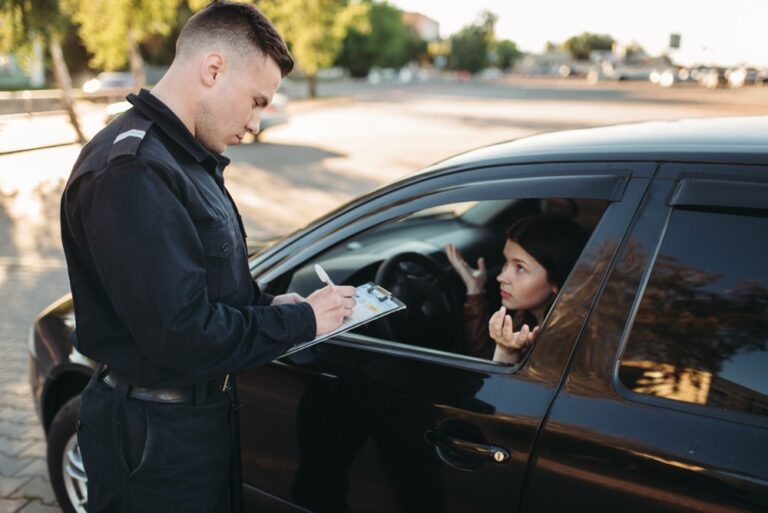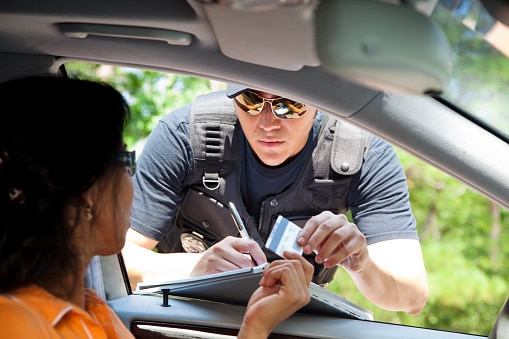When dealing with the legal system, traffic court and tickets, sometimes it is hard to keep track of all the new terms and definitions. We have compiled a small list to help you understand the jargon of the legal system a little bit better.
Highway Traffic Act (HTA) – The Highway Traffic Act is the set of rules in Ontario that regulates driving laws, vehicle licensing and the administration and classification of all things related to transport in Ontario.
Offence – An offence is a violation of the law. A traffic offence means you have broken the law under the Provincial Offences Act or HTA. A criminal offence means you have broken the law under the Criminal Code.
Charge – A charge in the legal system is when you are formally accused of committing an offence. It does not mean you are convicted, but is the beginning of legal proceedings that will determine your innocence or guilt. When you receive a ticket from an officer, you are being charged by the officer. This is essentially an allegation that you have committed an offence. You are not officially charged until arraignment in court when you plead guilty or not guilty.
Conviction – A conviction is when you are found guilty by the court of the offence you have been charged with. You can be found guilty by not showing up to court. If this is the case you will be considered “deemed not to dispute”.
Demerit points – Demerit points are added to your driver’s licence depending on what traffic laws you break and what you are convicted of. You do not “lose” demerit points, you start with zero and they are added based on the severity of your conviction. We have a whole blog post you can read about demerit points here.
Careless driving – Careless driving means you are driving without paying attention to the road, without consideration to other drivers or the conditions of the road. Basically, you are driving without care to the general rules of the road. This can encompass a variety of things, changing lanes without looking or signalling, passing when it’s unsafe,
Distracted driving – Distracted driving is not a charge in itself. It means you are driving while distracted which causes you to sway into another lane, swerve unexpectedly or cause an accident. The spectrum of charges is vast. Anyways from failing to drive in a marked lane, driving with a handheld communication or entertainment device or even careless driving
Blood Alcohol Concentration (BAC) – BAC or Blood Alcohol Level is the amount of alcohol in your blood that makes you intoxicated and therefore unable to drive. In Ontario, the legal BAC is 0.08%, which is 80 milligrams of alcohol per 100 millilitres of blood. You do not have to have a BAC of 0.08% to receive a charge. A BAC of 0.05% – 0.08% can lead to charges. If you are a G1 or G2 driver your BAC must be 0% and any driver under the age of 22 must have a BAC of 0% at all times while driving.



